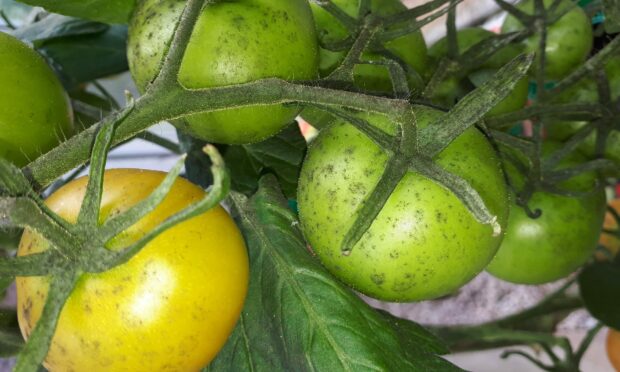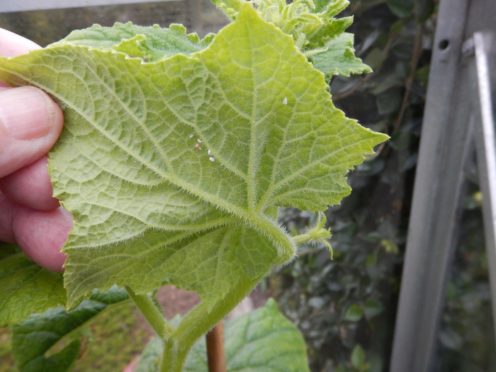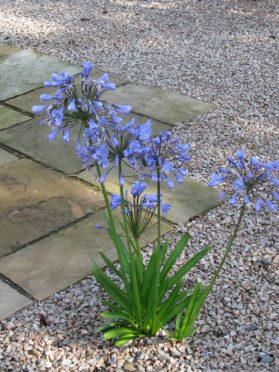From time to time, I may hear or read a comment that appeals to me and right now, this one comes to mind: “An outdoor lifestyle with moderate physical activity, like gardening, is linked to longer life, and with it – less stress.”
Isn’t that just what everyone is saying in these dire Covid times?
Being an avid follower of sport, satiated of late by the Olympics in Japan, how about another cracking quote all the way from Okinawa where residents are famed for their longevity: “Anyone who grows old healthily needs an ‘ikigai’ – a reason for living. Gardening gives you that something to get you up every day.”
Personally, I would endorse that fully, but wait, there’s more from the same source. Okinawans value the concept of a high level of social contentedness by getting together at local venues. Like the gardening club or the allotment, sharing ideas and gardening knowledge. It makes people feel grounded and connected. I couldn’t have said it better myself.
Before moving on, a quote from BBC Global News Ltd: “Gardening could be the hobby that helps you live to 100.” Aye, right.
Whitefly problem
Let’s get back to the here and now with a confession. I have had a problem this year with whitefly attacking pot plants, tomatoes and cucumber in the greenhouse. I rather think it started with one or two fuchsia stock plants which were over-wintered in the greenhouse – in other words giving the little blighters a safe haven to hibernate before becoming active as temperatures rose in the spring.
Some of you may have experience of this sap-sucking pest which is usually to be found on the underside of tender, new foliage at shoot tips. The leaves become sticky and then covered in a dark dust-like coating called “frass” coming from the “droppings” of the wee beasties.
Controls are available. Firstly, and the most obvious, are the yellow sticky traps which can be used in the early season because the very effective biological control using the parasitic wasp Encarsia needs quite a high 24-hour minimum temperature to be effective, i.e. over 12C. One other recommendation is to spray with the organically approved SB Invigorator, but I have not tried it.
Look after your lawn
Moving swiftly on – those of us who still prefer to see a decent bit of lawn should be planning some autumn work as follows: firstly, scarify with a spring rake or mechanical scarifier to remove the dead grass that accumulates over the season following regular mowing; even though there is a collection box on your mower, there is always some escape.
Follow that with a dressing of fertiliser which is formulated for application at this time of year. Don’t be tempted to use that excess of spring dressing fertiliser which has been lying in the shed all summer.
I’m sure many of you will realise that the balance of nutrients has to be changed at this time. Spring dressings have a significant nitrogen content to encourage fresh growth. The balance changes to higher phosphate and potash to build up a hardiness in the turf to stand up to winter conditions. Carry on mowing but raise the height of cut a notch or two – like we humans who put on a thicker layer some time soon!
Agapanthus
We have a bit of a gravel garden at the front of the house and apart from one or two specimen shrubs and trees, that is where I have several clumps of Agapanthus which are still flowering. The genus originates from South Africa and therefore there has always been some doubt about its hardiness in northern gardens, but there are stocks now being grown in this country that will survive the occasional frost, so long as they are in the right situation and in a well-drained soil.
The broad-leaved, evergreen species tend to be more tender and should be grown in pots which can be moved indoors from late September until May the following year, but the narrow-leaved deciduous types are undoubtedly hardier and can be planted out permanently.
Agapanthus like an open sunny situation and well-drained soil with added organic material to help retain moisture in the summer because they do need to be kept growing, watering may even become necessary in dry times. If you do fancy trying Agapanthus in the open garden, be prepared to cover the clumps in winter to give some protection.
You will read about using bracken, and that is fair enough if you can obtain it readily. I suggest dry leaf mould held in place with a bit of netting, but I have to say, in Oldmeldrum, both clumps, just covered with about 5cm of Kemnay gravel, have survived for several years.



